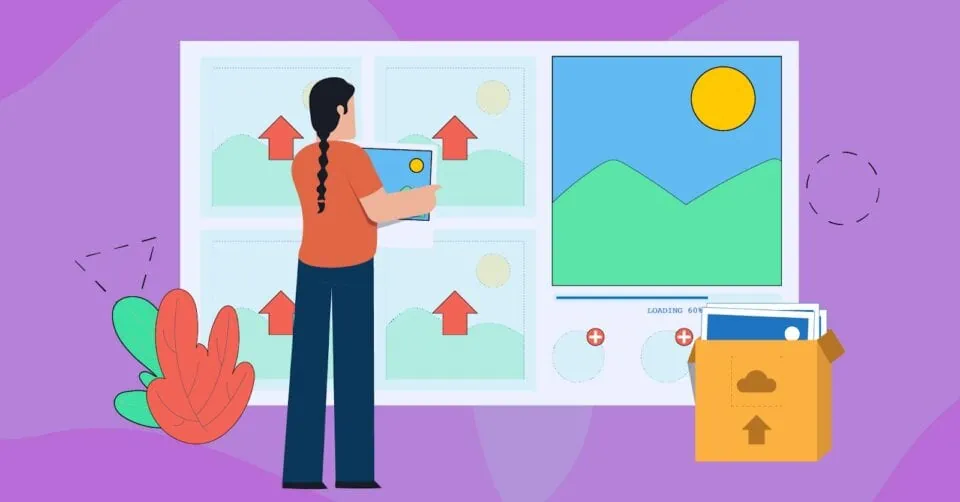10 Local SEO Tips to Elevate Your Home Staging Services
Last updated Nov. 17, 2024

Written by Iftekhar Chowdhury. In collaboration with oDeskStudio

Imagine this: A homeowner is gearing up to sell their house. They search for “home staging services near me,” and your name doesn’t pop up. The job—and the revenue—goes to your competitor.
In the real estate world, first impressions are everything, and that includes how easily clients can find you online. Local SEO can make all the difference, ensuring your staging business is front and center when potential clients are searching. Ready to transform your online presence? Let’s dive into these 10 local SEO strategies.
Step 1: Optimize Your Google Business Profile (GBP)

Your Google Business Profile is your digital storefront. It’s often the first thing clients see, so make it count.
Actionable Tips:
- Use your exact business name, address, and phone number (NAP).
- Add photos of staged homes to showcase your expertise.
- Write a compelling business description using keywords like “luxury home staging” or “real estate staging expert.”
- Post updates about your services, such as “Holiday Home Staging Specials.”
Step 2: Build a Local Keyword Strategy
Local keywords are the backbone of your SEO efforts. Think about what sellers or real estate agents type when searching for home staging services.
Examples:
- “Affordable home staging in [City].”
- “Best staging companies near me.”
- “Vacant property staging [Neighborhood].”
Use these keywords in your website’s meta tags, service pages, and blog content.
Step 3: Create Location-Specific Landing Pages
If you serve multiple areas, make it easy for clients in each location to find you by creating unique landing pages.
What to Include:
- Specific neighborhoods or towns you cover.
- Testimonials from clients in those areas.
- Keywords tailored to that location, like “[City] staging for real estate agents.”
Step 4: Showcase Visuals to Boost Engagement
Home staging is a visual art—your website should reflect that.
How to Optimize:
- Create a portfolio page showcasing “before and after” transformations.
- Add alt text to images using local keywords, like “Staged Living Room in [City].”
- Use tools like Pinterest to share your visual work and drive traffic back to your website.
Step 5: Encourage Stellar Reviews
Word-of-mouth is huge in the home staging industry, and reviews are the digital equivalent.
How to Get More Reviews:
- Ask satisfied homeowners and real estate agents for reviews on Google, Yelp, and Houzz.
- Add review links to your email signature.
- Incentivize reviews with small discounts or free consultations for returning clients.
Pro Tip: Always respond to reviews to show that you value feedback.
Step 6: Leverage Social Media to Build Authority
Homeowners often turn to social media for inspiration. Use this to your advantage.
Social Content Ideas:
- Post short videos on Instagram showcasing your staging process.
- Share design tips for enhancing curb appeal or maximizing small spaces.
- Use TikTok to create quick, engaging clips of “room makeovers in 30 seconds.”
Pro Tip: Tag local realtors or agencies you’ve worked with to boost reach.
Step 7: Collaborate with Real Estate Agents and Brokers
Home staging and real estate go hand in hand, so building relationships with local agents is a no-brainer.
Partnership Ideas:
- Offer exclusive discounts for agents who refer clients to you.
- Co-host webinars or workshops about preparing homes for sale.
- Collaborate on blog content, like “The Top Benefits of Staging Your Home Before Selling.”
Step 8: Invest in Local PPC Advertising
Sometimes, organic efforts need a little boost. Local Pay-Per-Click (PPC) advertising can help.
Ad Tips:
- Use Google Ads to target keywords like “staging companies in [City].”
- Run Facebook Ads showcasing your portfolio with a call-to-action like “Book Your Staging Consultation.”
- Test geo-targeted ads to reach sellers in specific neighborhoods.
Step 9: Build Backlinks from Local Sources
Backlinks from local websites can give your SEO a significant lift.
Sources to Target:
- Local real estate blogs.
- Community event websites.
- Online directories like Houzz or Thumbtack.
Pro Tip: Offer guest posts or articles about staging tips to earn quality backlinks.
Step 10: Track Your Results and Adjust
Local SEO is a marathon, not a sprint. Regularly tracking your progress will ensure your strategy stays effective.
Use These Tools:
- Google Analytics to monitor traffic from local search terms.
- Google Search Console to measure keyword rankings.
- Ahrefs or Moz to check your backlink profile.
Pro Tip: If a particular tactic isn’t working, tweak it and test again.
Conclusion:
Home staging is about creating inviting spaces that sell homes faster. Local SEO works the same way—it positions your business so clients can find and trust you.
By following these 10 steps, your home staging services can dominate local search results and attract more sellers and agents than ever before. It’s time to stage your online presence with the same care you bring to your clients’ homes—and watch your bookings soar.
